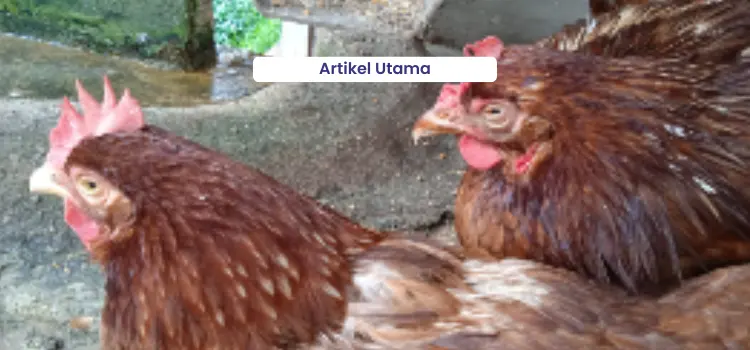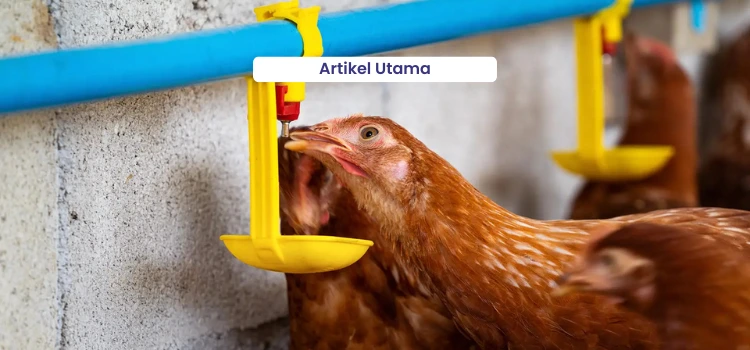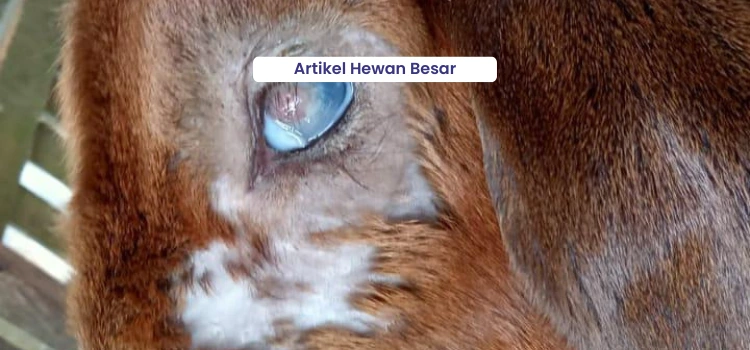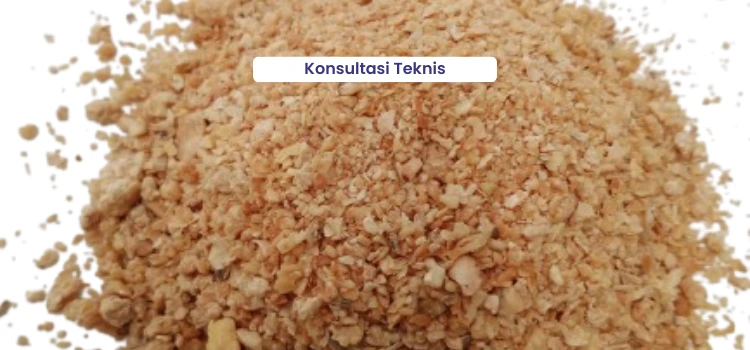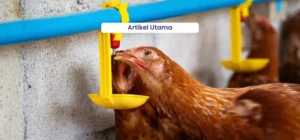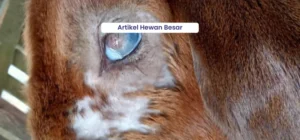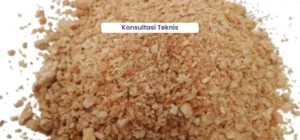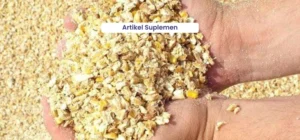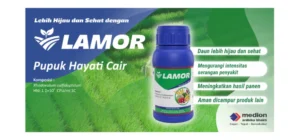Indonesia’s tropical climate provides a favorable environment for pathogens to thrive. Weather conditions significantly influence the pattern of diseases that occur in poultry farms. High humidity during the rainy season, transitional periods, and humid dry seasons can trigger the rapid growth and spread of disease-causing agents. Unstable weather changes may also cause stress in chickens, making them more susceptible to infections.
Similarly, the trend of Avian Influenza (AI) outbreaks often emerges during the rainy season and transitional periods. This condition requires farmers to be more alert and meticulous regarding disease attacks and field handling, considering that the losses caused by AI are quite substantial. These include high mortality and morbidity rates, a decline in egg production of up to 40%, a high culling rate, increased treatment and disinfection costs, and heightened susceptibility to other diseases.
AI Disease Trend in the Field
Since it was first identified in Indonesia at the end of 2003, cases of Avian Influenza (AI) have continued to be found in poultry farms, including broilers (broiler), layers (layer), breeders (breeder), roosters, local crossbreeds (joper), ducks, quails, and other poultry species. As of 2024, AI cases are predominantly found in layer chickens, as shown in Graph 1.
Based on data from Medion Disease Incidence in 2024, Avian Influenza (AI) cases increased during the rainy season, particularly at the beginning and end of the year. As shown in Graph 1, the number of cases rose in January, February, and December. It is also noteworthy that while AI cases were initially more prevalent during the rainy season, recent data indicate a rise in cases during the dry season. As illustrated in Graph 2, there was an increase in AI cases in June and July.
The increase in cases, particularly among layer chickens, may be attributed to high internal stress levels, especially during the early to peak production stages — a critical phase in layer management. During this period, if the chickens experience external stress due to poor biosecurity practices and inadequate farm management, it can facilitate the entry and infection of diseases, including Avian Influenza (AI). Such stress conditions have an immunosuppressive effect, which negatively impacts the birds’ immune response and antibody titers.
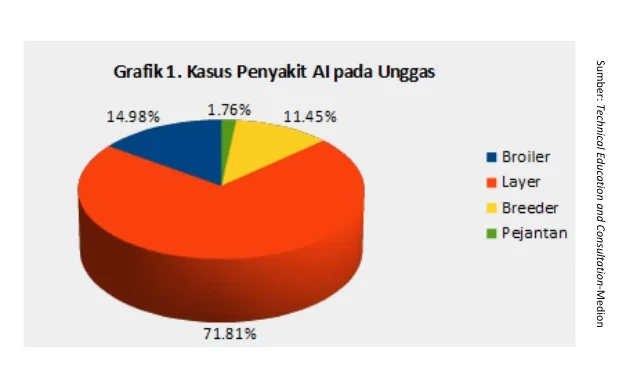
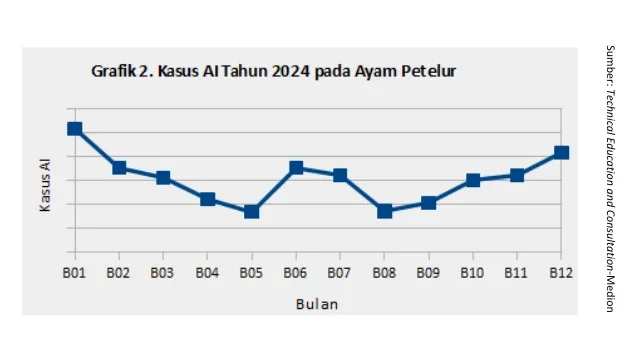
Avian Influenza (AI) can occur at any stage of poultry rearing. In layer chickens, AI cases have been detected in both young and adult birds. The number of cases tends to increase after 18 weeks of age and is predominantly observed during the production period between 28 and 55 weeks (Graph 3). In broilers, AI cases are most common at 3–5 weeks of age but can also occur in birds older than 5 weeks (Graph 4).
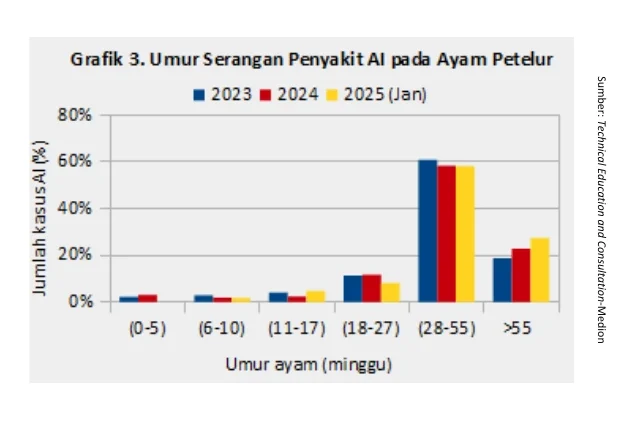
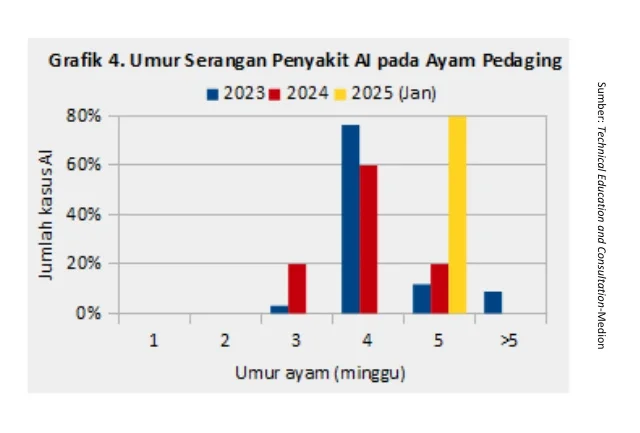
Nationally, Avian Influenza (AI) in layer chickens during the production period ranks second among viral diseases from 2023 to 2025. As shown in Graph 5, the incidence rate remains quite high, second only to Newcastle Disease (ND). The persistently high ranking of AI cases deserves serious attention, especially considering the significant economic losses caused by this disease.
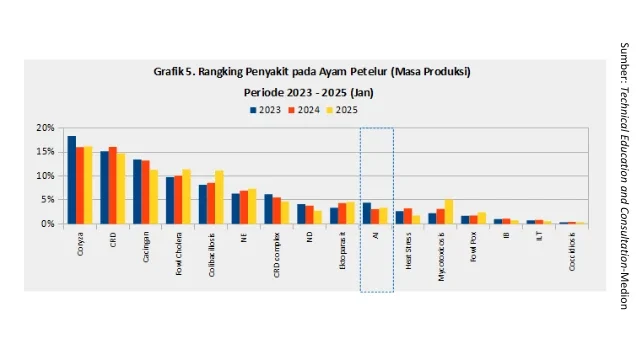
Avian Influenza (AI) is known as an immunosuppressant disease, meaning it weakens the bird’s immune system and makes it easier for other pathogens to infect the flock. The following data present cases of AI occurring alone or in combination with other diseases.
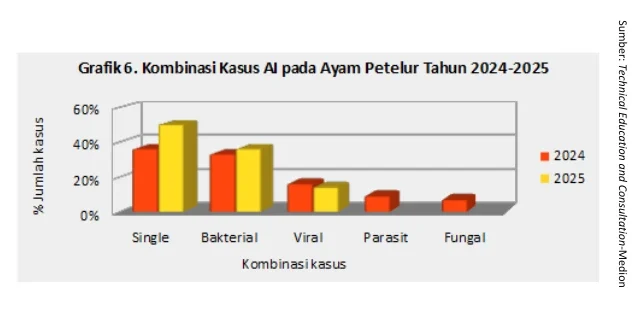
Based on the compiled data of AI cases in layer farms from 2024 to January 2025 (Graph 6), single AI infections accounted for 36% to 50% of the total cases. The remaining cases involved co-infections (coinfections) with other disease agents. The highest AI co-infection rates occurred alongside bacterial and viral diseases, followed by cases involving parasitic and fungal infections. AI can also coexist with non-infectious conditions such as mycotoxicosis and heat stress.
Evolution of the Avian Influenza Virus
As is widely known, Avian Influenza (AI) is caused by the Orthomyxoviridae virus, a single-stranded RNA virus that is enveloped, making it sensitive to all types of disinfectants. The incubation period of AI is relatively short, ranging from a few hours to three days.The AI virus possesses important surface proteins that determine its subtype, classified into 18 hemagglutinins/HA (H1 to H18) and 11 neuraminidases/NA (N1 to N11). The HA protein functions in hemagglutination activity—facilitating the attachment of the virus to the host cell receptor and enabling fusion with the cell membrane—while the NA protein plays a role in degrading and releasing the virus from the host cell receptor.
The first case of Avian Influenza (AI) in Indonesia was detected in 2003. That year, the AI H5N1 clade 2.1 strain was identified, followed by the detection of AI H5N1 clade 2.3.2.1c in 2012. In 2016, the AI H9N2 strain was reported, and the most recent detection of AI H5N1 clade 2.1 also occurred in the same period.Based on its pathogenicity, AI H5N1 is classified as High Pathogenic Avian Influenza (HPAI) due to its high virulence, whereas AI H9N2 is categorized as Low Pathogenic Avian Influenza (LPAI) because of its lower virulence level.In 2019 and 2021, the AI H5N1 clade 2.3.2.1c strain underwent mutations—specifically changes in key viral proteins, Hemagglutinin and Neuraminidase—which altered its characteristics over time.In 2022, a new AI H5N1 clade 2.3.4.4b strain was detected for the first time in Indonesia at a commercial duck farm in South Kalimantan, where no AI vaccination had been implemented. From 2022 to 2024, the dominant circulating strains have been AI H5N1 clade 2.3.2.1c and AI H9N2 lineage Y280.
In 2024, there was a change in the nomenclature of Avian Influenza (AI) viruses in Indonesia based on the HA H5 gene classification by OFFLU Avian Influenza Matching (OFFLU AIM). The strain previously known as H5N1 clade 2.3.2.1c was reclassified as H5N1 clade 2.3.2.1g.As of 2025, the circulating AI subtypes in Indonesia are H5N1 and H9N2, with the number of H5N1 cases remaining higher than that of H9N2 (Graph 7). According to data from Medion’s Surveillance Analyst, from 2024 to March 2025, H5N1 clade 2.3.2.1c remains the most dominant strain detected.Meanwhile, the circulating H9N2 virus in Indonesia, based on the HA H9 gene, still belongs to the B lineage (Y280), clade h9.4.2.5. Genetically, this H9N2 strain remains consistent with the variant first identified in Indonesia.
The mutative nature of the Avian Influenza (AI) virus must always be treated with caution. Mutations in either the HA or NA proteins of the AI virus can increase the risk of vaccine failure. To anticipate such developments, Medion remains actively engaged in continuous monitoring and surveillance of AI-related cases across various regions in Indonesia.
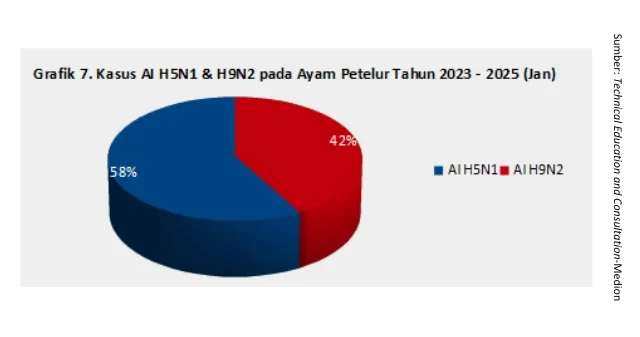
Clinical Symptoms and Pathological Changes
The clinical signs and anatomical pathology observed in chickens infected with different clades of AI H5N1 are very similar, making it difficult to distinguish between them based solely on these indicators. To accurately differentiate between clades, supporting diagnostic tests are required, specifically laboratory analyses. These examinations are further extended to the molecular biology stage using the Polymerase Chain Reaction (PCR) and sequencing methods.Below are examples of clinical signs and anatomical pathology changes observed in AI cases, particularly H5N1. However, these symptoms do not always appear completely or clearly in every case. Their manifestation can also be influenced by the chicken’s immune status (including vaccination history), the implementation of biosecurity measures, and the overall management practices at the farm.
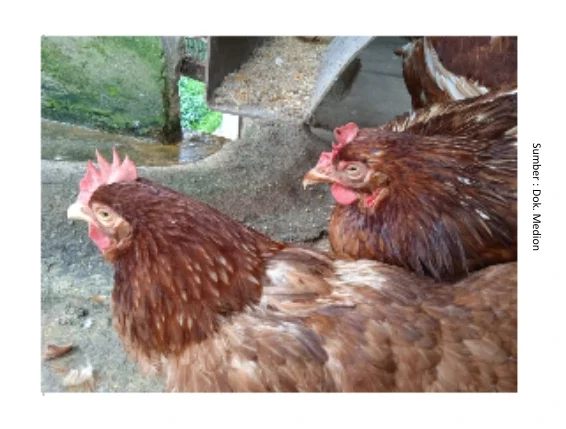
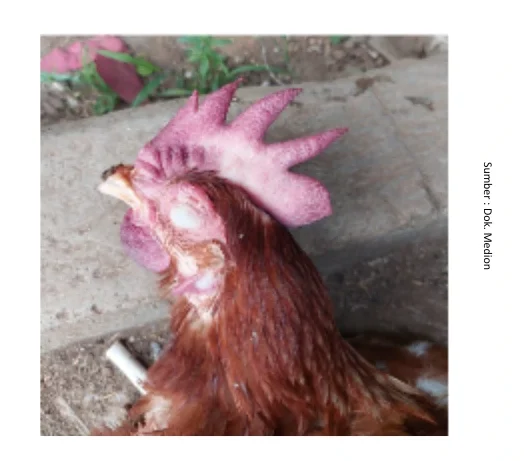
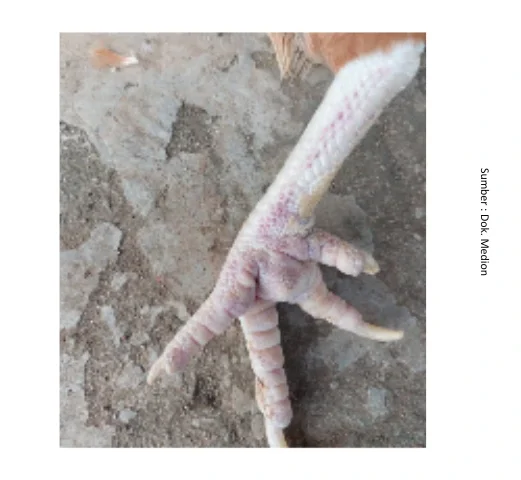
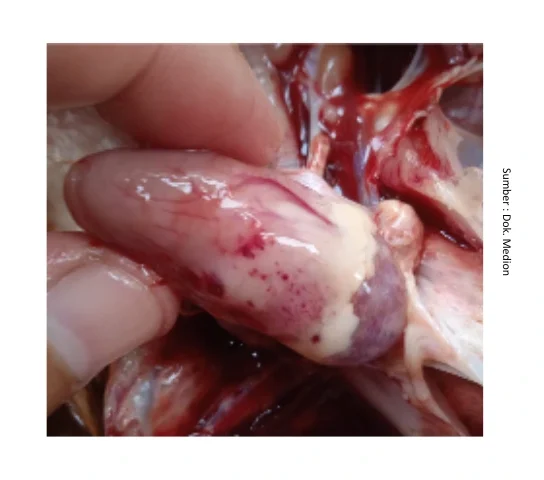
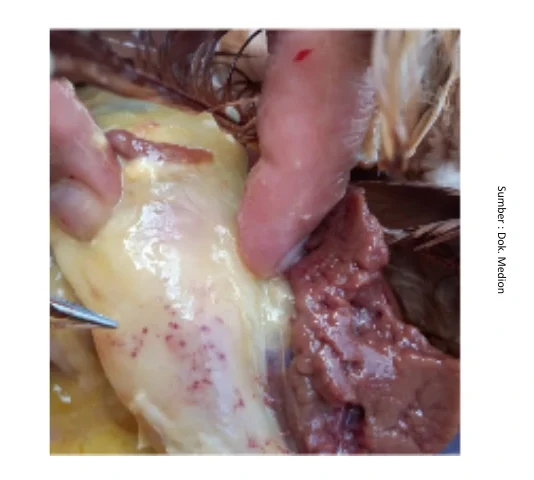
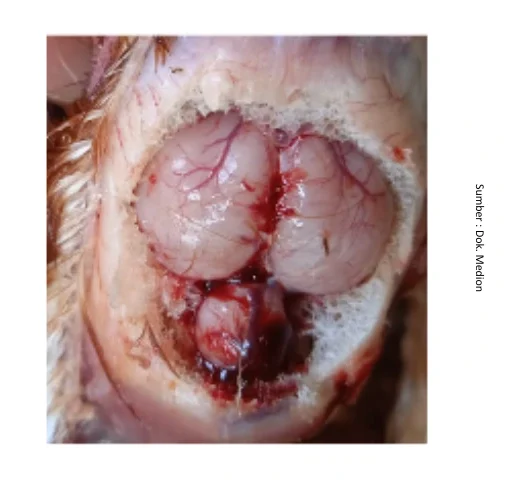
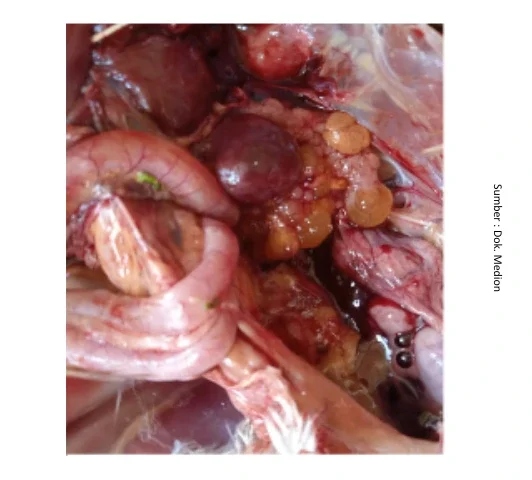
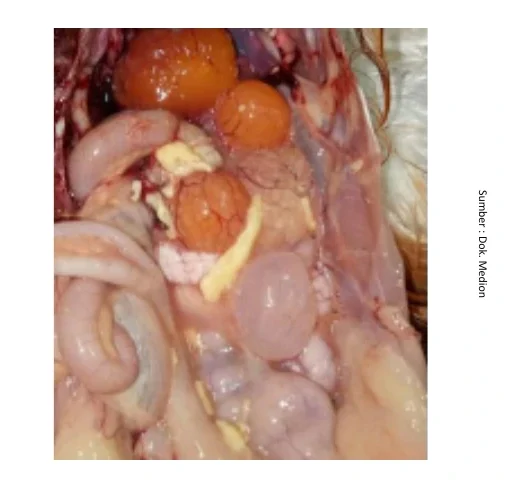
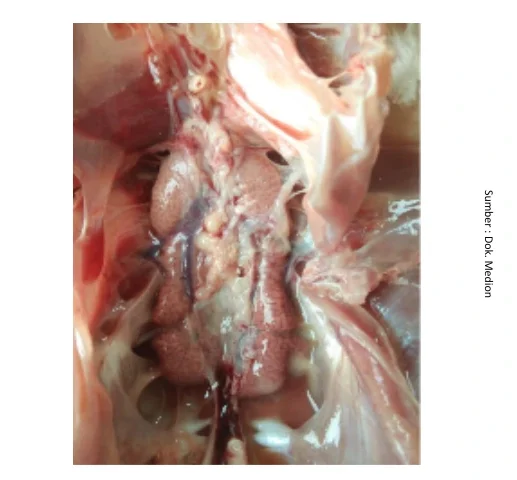
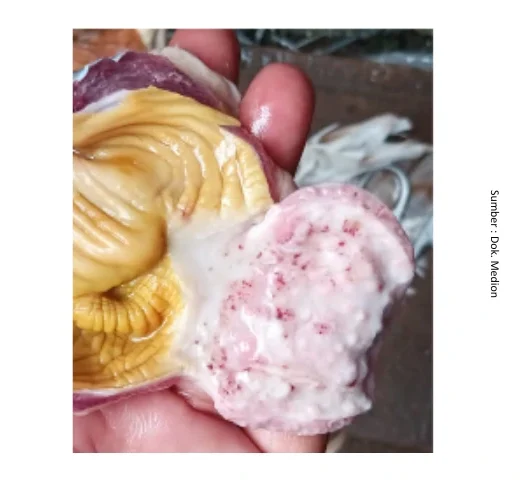
Diagnosis of Avian Influenza (AI) must be carried out comprehensively. It begins with an anamnesis examination, gathering vaccination history, observing clinical symptoms, and performing necropsy to assess anatomical pathology changes as a basis for diagnostic direction. The diagnosis is then confirmed through laboratory testing. The Hemagglutinin Inhibition (HI) test can serve as an alternative method, but greater accuracy is achieved through PCR and sequencing analyses.
Avian Influenza (AI) Disease Control
Efforts to prevent and control Avian Influenza (AI) in poultry farms should include the proper implementation of a vaccination program, combined with strict sanitation and biosecurity measures, as well as supplementation to enhance the birds’ immune resistance.
Sanitation and Biosecurity
- Implementation of three biosecurity zones — red, yellow, and green. Limit the movement of people and vehicles entering and leaving the poultry houses. Conduct disinfection of both vehicles and personnel before they enter the farm area.
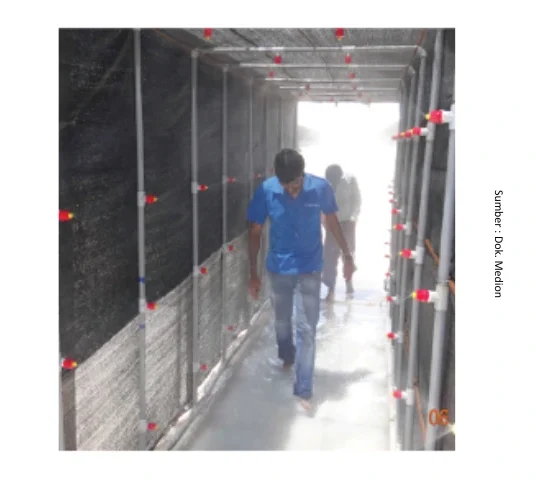
- Conduct farm visits starting from the houses with younger chickens before proceeding to those with older chickens.
- Footwear should be brushed regularly, as simply dipping or spraying disinfectant is not sufficient to eliminate viruses that may be trapped in the crevices of the soles.
- Carry out sanitation of poultry houses and equipment (cleaned, washed, and sprayed) using Neo Antisep or Medisep. During an outbreak, spraying should be performed daily.
- Drinkers should be washed twice a day. After cleaning, soak them in Medisep for at least 30 minutes.
- Spray an active lime solution on all interior parts of the poultry house, including the floor, pillars, and outer walls. Allow it to dry completely.
- If using litter or rice husks, replace, add, and turn them over periodically to keep the litter dry. Administer Ammotrol through drinking water to help maintain dry feces and control ammonia levels inside the poultry house.
- During the downtime period, thorough cleaning of the entire poultry house must be carried out. After removing all equipment, clean the house using detergent and scrubbing, then rinse with high-pressure water.
- Create a comfortable environment for the chickens by avoiding overcrowding, ensuring adequate ventilation, and, if possible, implementing an all in all out system. Allow the poultry house to rest for at least two weeks after thorough cleaning before restocking.
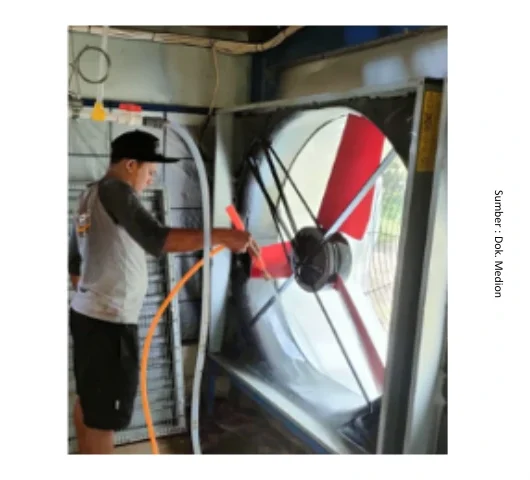
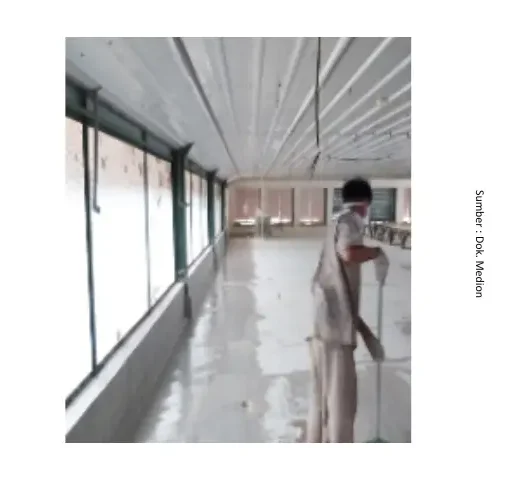
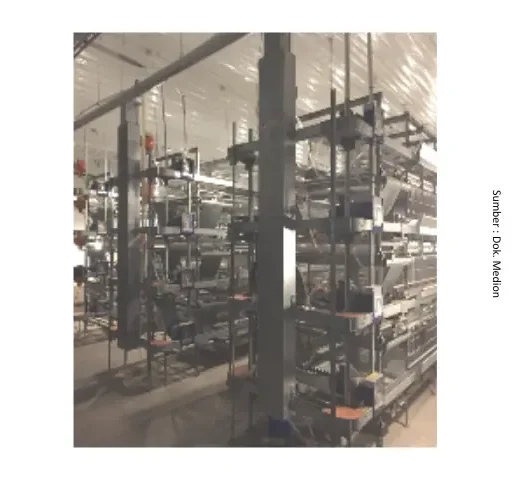
- Sanitize drinking water using Desinsep to reduce the risk of disease transmission through water. Perform flushing to remove algae or biofilm buildup (using Bioflush) inside the water pipelines. Regularly check the quality of drinking water on the farm, at least during seasonal transitions.
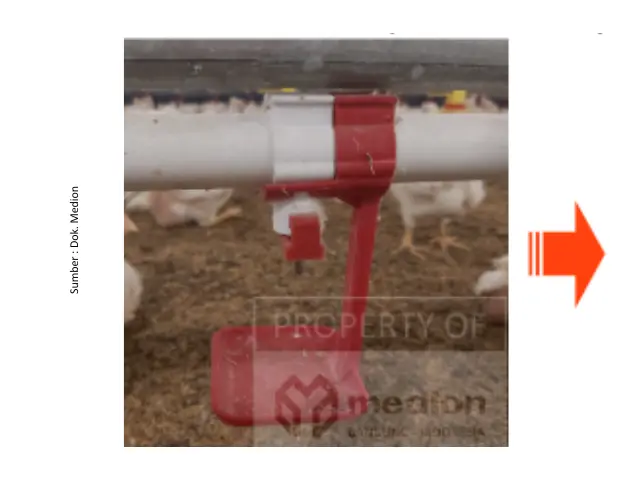
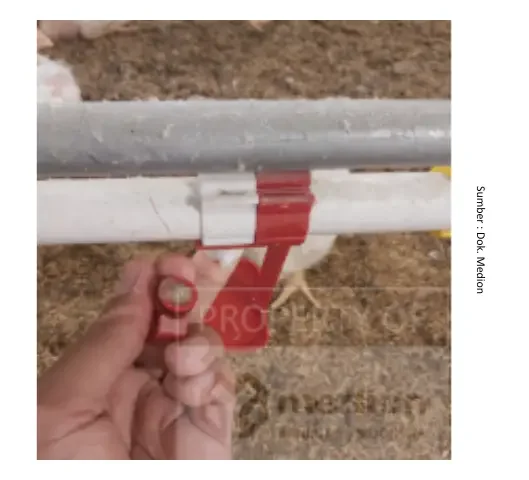
Proper Implementation of Vaccination
To ensure vaccination successfully develops optimal immunity or antibody response that protects chickens from AI infection, several key factors must be considered, including:
- Before vaccination, chickens must be in good health and free from immunosuppressive conditions (such as stress or infections like CRD, Gumboro, or mycotoxicosis) that could interfere with antibody titer formation.
- To achieve optimal immunity, use vaccines that are homologous to the field virus. Medivac AI H5N1 2.3 and Medivac AI H5N1 & H9N2 are recommended vaccine options that provide effective solutions for AI control in the field.In addition to vaccine composition, its physical quality must also be ensured. The vaccine should be in good condition — the seal must remain intact, the formulation should not have changed, it must not be expired, and the label should be properly attached.
- During distribution and temporary storage, vaccines must be maintained at a temperature of 2–8 °C. Before administration, do not forget the thawing process. Thawing aims to raise the vaccine temperature from 2–8 °C to near the chicken’s body temperature (± 41 °C) or until it no longer feels cold, typically around 25–27 °C. After thawing, the vaccine should not be placed back into the refrigerator or marine cooler, as this can reduce its potency.
- Ensure that the vaccine is administered within the correct timeframe — inactivated vaccines must be used up within 24 hours.
- Ensure that the administered vaccine dosage is accurate and appropriate.
- The vaccinator must possess good skill and technique to ensure the vaccination is administered correctly.
- The timing of vaccination or vaccination programs should be adjusted according to the farm’s case history and the age at which chickens are most susceptible to AI infection. In broilers, maternal antibody titers decline by three weeks of age and are no longer protective, making this period the most vulnerable to AI infection. Field data also indicate that AI commonly infects broilers older than three weeks; therefore, the first AI vaccination is recommended at 4 or 10 days of age.For layer chickens, vaccination is recommended three times before entering the production phase and at least twice during the production period. To ensure more accurate scheduling of booster vaccinations, it is advisable to conduct routine monthly monitoring of antibody titers.
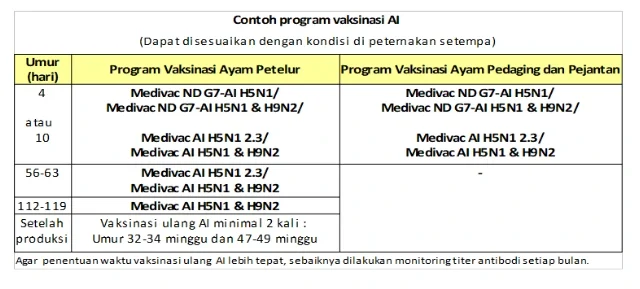
Supplementation Administration
To strengthen the immune system and reduce stress as well as other immunosuppressive effects, supplements should be administered regularly. Provide multivitamins such as Vita Stress or Kumavit to enhance the chickens’ immune resistance. In addition, the vitamin C and electrolytes contained in Vita Stress help reduce the effects of stress in poultry.Administer herbal immunostimulants such as Imustim to support and improve immune system performance. Giving Imustim before and after vaccination helps accelerate the increase in antibody titers resulting from vaccination.
Handling During Avian Influenza (AI) Outbreaks
In handling Avian Influenza (AI) cases, several measures can be taken, including:
- Disinfect poultry houses daily to reduce the amount of virus present in the field using Medisep or Neo Antisep. Sanitize drinking water with Desinsep, and spread lime on access roads and surrounding areas of the poultry house. In addition, restrict the movement of people and vehicles to minimize the spread of infection.
- Provide supportive therapy using immunostimulants such as Imustim or multivitamins like Fortevit to boost the chickens’ stamina and overall body resistance.
- Administer herbal products with antiviral properties, such as Reduvir, to help improve the chickens’ health during viral infections and reduce mortality rates.
- If secondary infections occur, treatment should be carried out according to the causative agent. For bacterial infections, administer antibiotics such as Rofotyl, Neo Meditril, or the herbal medicine Fithera.For protozoal infections (coccidiosis), treatment can be performed using Toltradex, Amprosid, or the herbal product Fithera.In cases of mycotoxicosis, a toxin binder such as Freetox can also be administered.
As is widely known, Avian Influenza (AI) is caused by a virus that easily mutates, making it essential to stay informed about the latest disease developments to maintain vigilance on poultry farms. Disease control through the implementation of good management practices, optimal biosecurity, vaccination with homologous vaccines, and supplementation are key measures that can be taken to provide optimal protection within the farm.

